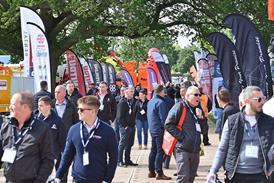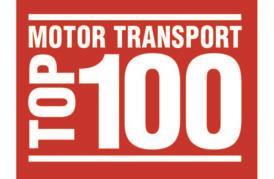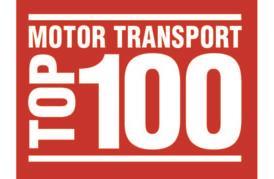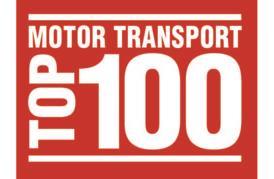Road Safety GB and Scania partnership showcased at Clocs meeting
Road safety group Road Safety GB has teamed up with Scania to launch an education pack aimed at 10 to 11 year old school children warning of the dangers of heavy goods vehicle blindspots.
This article is for registered users only
Please login or create a FREE account to read the full article
Want to read more?
Register now for free to access the full article.
To access our great content on the Motor Transport website and to get a free copy of our weekly Executive Brief newsletter.
Once registered, you’ll get access to:
- In-depth breaking news every working day of the year
- All the best careers advice for you and your business
- Profiles of every winner at the Motor Transport Awards
- The richest set of road transport industry data in the UK
- You may also be eligible for a free print or digital copy of Motor Transport











